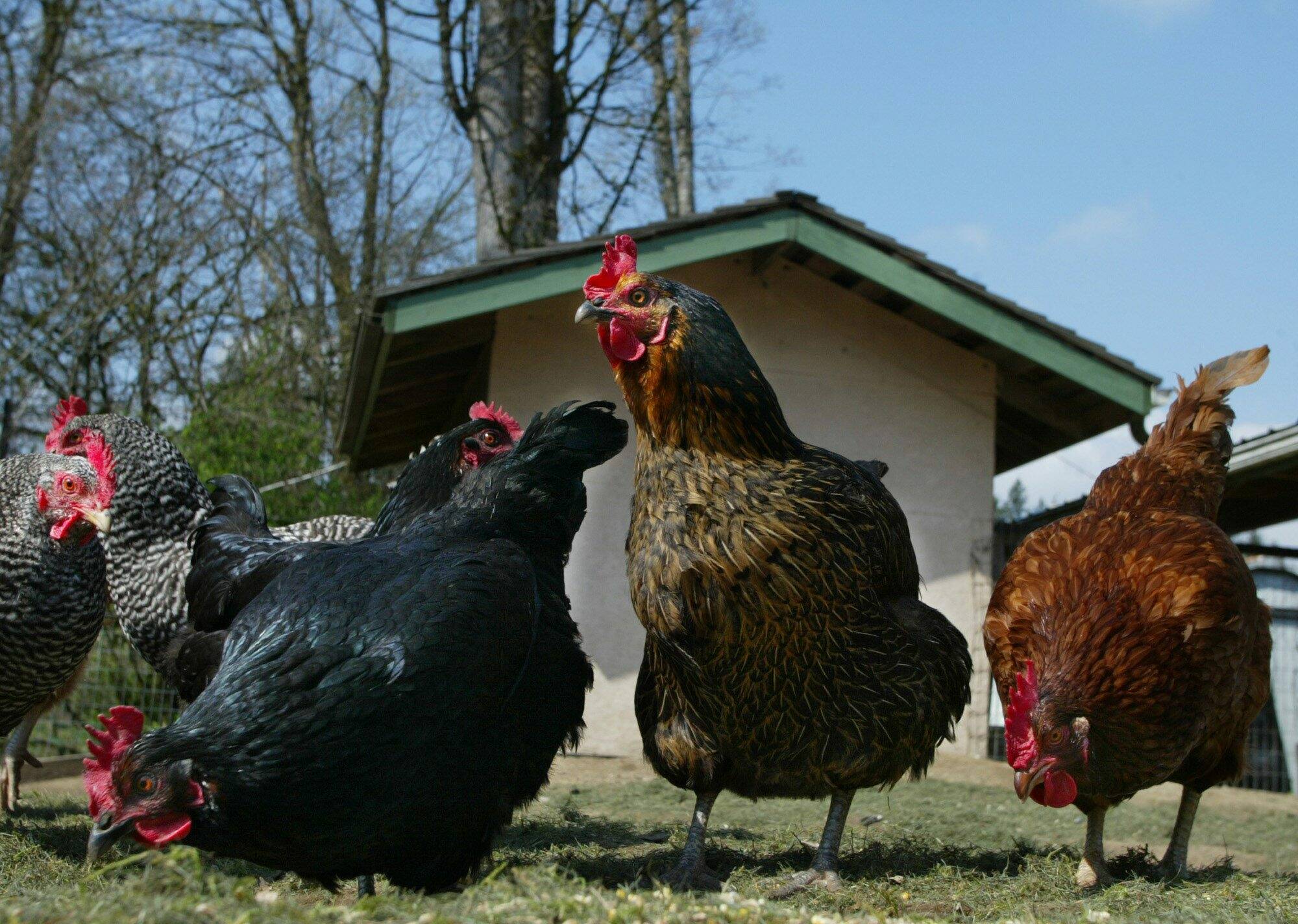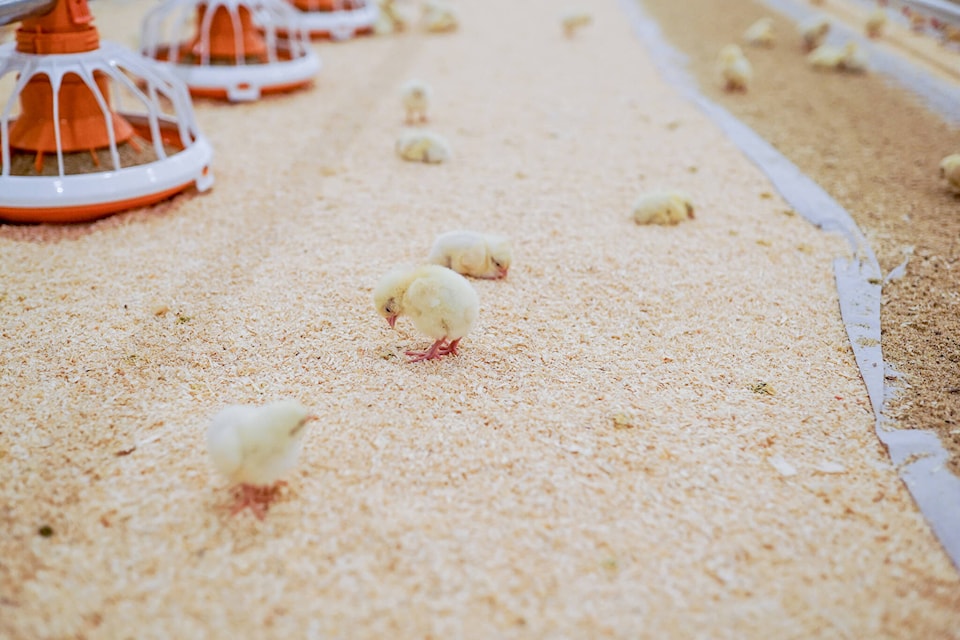Alberta’s poultry industry is preparing for the worst and hoping for the best after facing avian flu for the first time last year.
“(2022) has been quite a year,” said Alberta Chicken Producers chair David Hyink Wednesday. “We’ve never had avian influenza in the province before.
“For the first time, the avian influenza was a different kind than we’ve ever seen before in the sense that it spread really easily from wild birds to our populations.”
Canadian Food Inspection Agency (CFIA) data shows that up to Jan. 25, there have been 60 Alberta farms hit by avian flu. Fourteen are considered currently infected and 46 previously infected.
Hyink said there is no way to predict what this year may bring and poultry producers are taking all precautions.
“Farmers are concerned. After last year, they really don’t know what to expect this year, but they are very vigilant.
“They’re taking the situation seriously and they are continuing to implement strict bio-security, animal care and food safety measures in their barns.
“It is a little nerve-wracking though, to be sure,” he added. “Last year, it seemed to occur in many different parts of the province, and there did not seem to be much rhyme or reason other than wild birds being in the vicinity.”
Hyink, who has about 135,000 chickens in his barns, has not had any avian flu cases so far and feels fortunate given how random the virus seems to spread.
Experts believe migratory birds have been responsible for the string of outbreaks that has affected flocks in nine of 10 provinces. Only Prince Edward Island does not show up in CFIA statistics.
At Medicine River Wildlife Centre, near Spruce View, a number of birds and waterfowl with avian flu were brought in last year.
A quarantine room was set up. Although the centre couldn’t save infected birds from the fatal illness, three fox kits were revived out of the five brought in after eating diseased bird carcasses.
In Alberta, just over half of the farms where the flu was detected are commercial operations, where the number of chickens is often measured in the tens of thousands. The rest being smaller non-commercial poultry farms.
Those with smaller chicken flocks are being advised to keep the birds indoors when the migratory birds return to reduce the risk of transmission.
CFIA notes that the highly pathogenic avian influenza that is causing the problems is not a food safety concern. There is no evidence that eating cooked poultry or eggs can transmit the virus to humans.
CFIA works closely with farmers when cases are detected. A farm’s entire flock, and sometimes those at a nearby farm, must be humanely destroyed to ensure the disease does not spread.
So far, 1.4 million birds have culled in Alberta. Only B.C., where 3.6 million birds had to be culled, was harder hit. Across Canada, 7.1 million birds have been culled so far.
There is funding availble through CFIA to compensate farmers who have lost their flocks. But not all costs are covered, he said.
Hyink credited the province for helping eligible producers recoup some of those costs through programs such as AgriStability.
On Wednesday, the provincial and federal governments announced that the deadline to participate in the AgriStability program for 2022 has been extended to the end of the month.
“In response to the avian influenza outbreak in 2022, the governments of Canada and Alberta have agreed to allow late participation in AgriStability for the 2022 program year,” said Alberta Agriculture and Irrigation Minister Nate Horner in a statement.
Producers not signed up for the program now have until Feb. 28 to enroll through Agriculture Financial Services Corporation. AgriStability is designed to help poultry producers manage sharp drops in revenue.
“Alberta’s producers have faced significant impacts, substantial losses and a great deal of stress during this time, and that is why we’re providing additional help to some producers,” said Horner.
News tips
Like us on Facebook and follow us on Twitter

